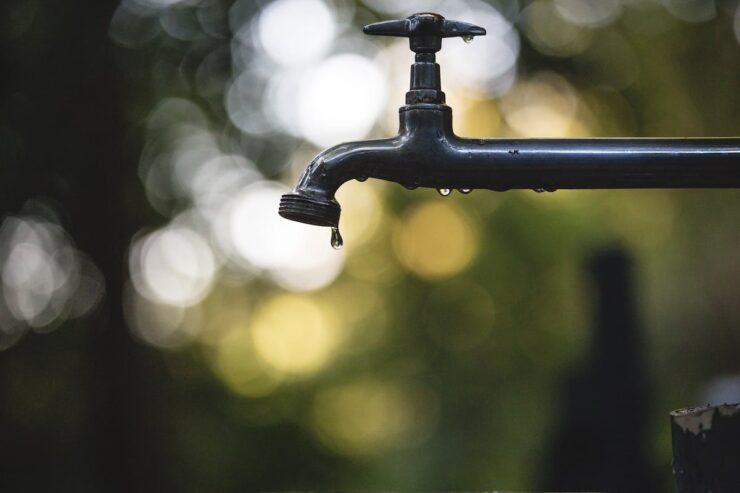There are plenty of risks in life that are within your control to mitigate or manage. To protect yourself in the event of a car crash, you put on a seat belt. To prevent your children from choking, you keep small toys away from them and you cut up their food into manageable pieces.
To make your hard-earned money safe from theft, you put it into a bank account. Some things in life we can control, but there are plenty of things that we cannot.
One of those circumstances could be the safety of the water in your home. You use water to hydrate, cook, bathe, wash, and do several other tasks. Ensuring the health of you and your family means having clean and pure water in the home.
Unfortunately, circumstances beyond your control could lead to contaminated water entering your home. In the worst-case scenario, you may end up drinking this contaminated water without even knowing about the problem.
It is important to regularly have your water tested for common contaminants, such as those listed below.
Arsenic
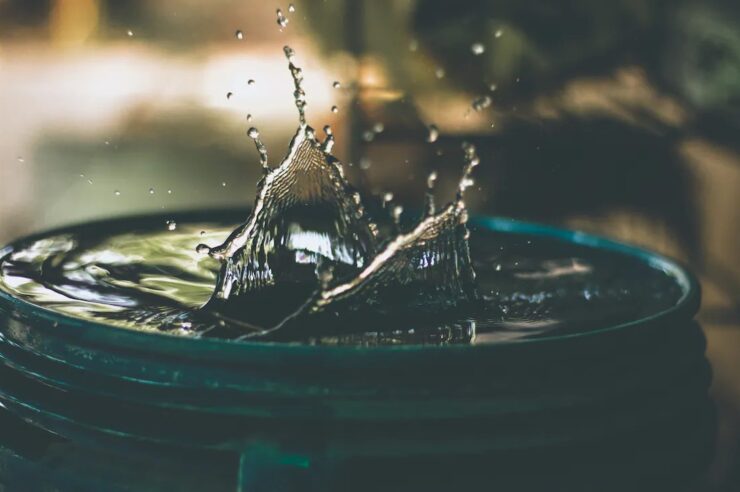
Arsenic is naturally found in rocks and minerals. Over time, these substances can break down and leech arsenic into the surrounding soil. If this soil is in contact with groundwater, then your water supply could become infested with harmful levels of arsenic.
If consumed at substantial levels, arsenic could cause skin lesions or even certain forms of cancer. Arsenic is one of the most common contaminants found in water supplies.
Lead
Lead is a metal that was commonly used in construction decades ago. This makes older homes particularly vulnerable to lead contamination in their water supply.
The problem often comes from lead plumbing pipes in the home breaking down over time, with flecks of lead detaching and getting into the water supply. If your home has older lead pipes, update them to protect your family from this harmful substance in your water.
Chlorine
Chlorine is one contaminant that is actually put into a water supply on purpose. In controlled amounts, chlorine is a great disinfectant, so it can mitigate the dangers of other contaminants in a water supply.
However, if chlorine becomes too concentrated in the water supply, then it can lead to adverse health effects such as allergies, asthma, congenital abnormalities, and even rectal or bladder cancer. These long-term health conditions could lead to greater healthcare needs as you get older.
Herbicides/Pesticides
If you live on a water system that is near farmland, then you are at risk of water contamination from pesticides and herbicides. These chemicals are used to protect soil, plants, and animals on a farm, but they can leech into the ground and eventually enter the water supply over time.
Your body’s hormonal activity and even reproductive organs can be negatively affected by these types of contaminants in the water.
Mercury
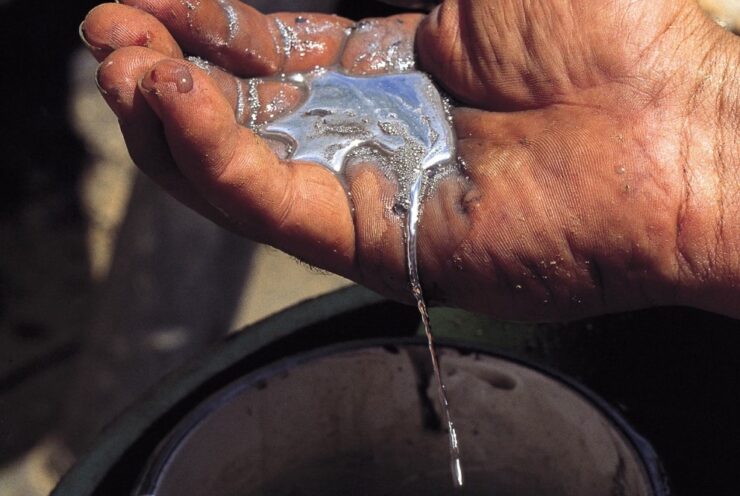
Mercury is a substance that can significantly harm your kidneys. Multiple diseases may result from being exposed to mercury in your water supply. The scary thing about this substance is that there are many sources of it.
Mercury could be the result of landfill runoff, cropland runoff, erosion of natural deposits, and industrial discharge. Fortunately, home testing kits can often pick up levels of mercury in your water supply.
Trichloroethylene
Trichloroethylene (TCE) is a substance used for degreasing and in the production of textiles. Though it may not seem like it could be frequently found in water, the problem has arisen many times in the past.
An extensive and ongoing Camp Lejeune lawsuit resulted from contaminated water at a marine base in North Carolina that included trichloroethylene, among other chemicals.
This substance can cause kidney and liver problems, as well as an increased risk of autoimmune disease and cancer.
If you think you were exposed and have health complications due to water contamination in Camp Lejeune, you can hire people from RosenfeldInjuryLawyers to handle your case.
Cysts
Cysts are not just a growth that can develop in the body. They are also a type of parasite that can get into a water supply. These parasites typically come from rivers and lakes. They often enter the water supply through sewage and leaking septic tanks.
What makes cysts truly dangerous is that they are very resistant to many water treatment methods, so they can easily slip through the cracks and enter your water supply, causing seizures, headaches, and excess fluid around the brain that could cause death.
Pharmaceuticals and Personal Care Products (PPCPs)
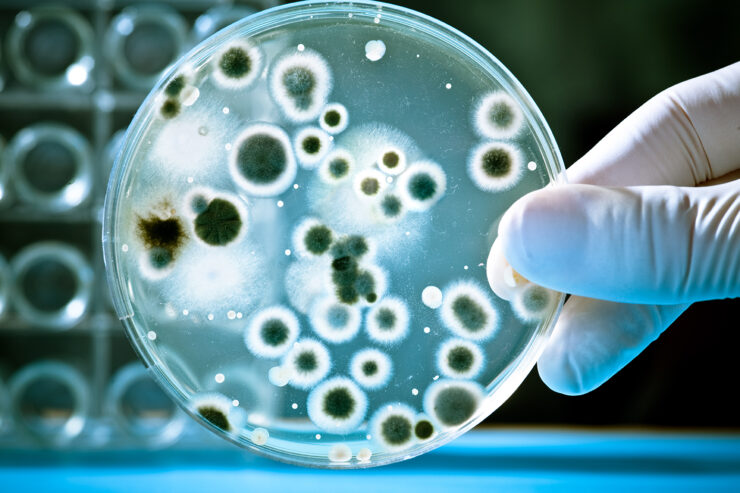
Pharmaceuticals and Personal Care Products (PPCPs) have emerged as significant contaminants, posing risks not only to aquatic ecosystems but also to human health.
PPCPs encompass a wide range of substances, including medications, hormones, fragrances, and antibacterial agents, that enter the water supply through various channels such as pharmaceutical disposal, wastewater treatment plants, and direct runoff.
The presence of PPCPs in water bodies has raised concerns over their potential to disrupt ecosystems, induce antibiotic resistance, and affect the endocrine systems of both wildlife and humans.
Current regulatory frameworks struggle to fully address the complex challenges posed by PPCPs, highlighting the need for advanced treatment technologies, stringent disposal guidelines, and increased public awareness.
Tackling PPCP pollution requires a multifaceted approach involving individual responsibility, technological innovation, and collaborative efforts across sectors to safeguard our water quality and, consequently, public health.
Keep Your Water Safe With Regular Testing
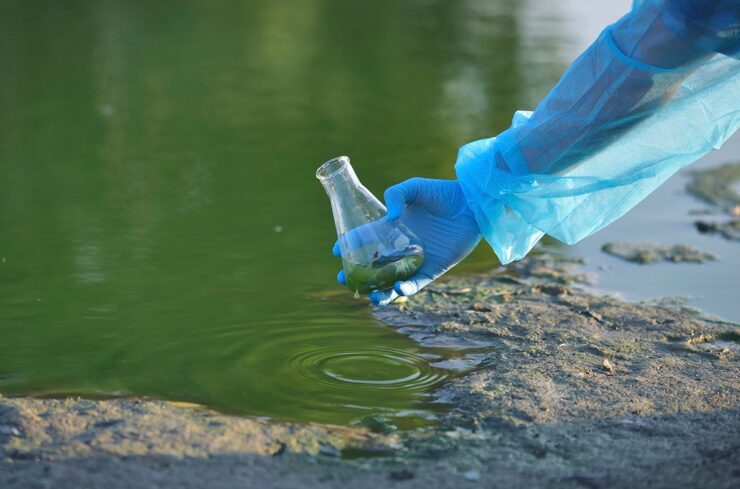
In many cases, water contamination is only discovered after it has impacted someone’s health. It is hard to predict when many of these scenarios may occur that result in a contaminant entering the water supply.
For this reason, it is important to conduct regular water tests in your supply to ensure your family is using pure water. You can use home testing kits or hire a professional to take a sample of your water and test it for these common contaminants.

